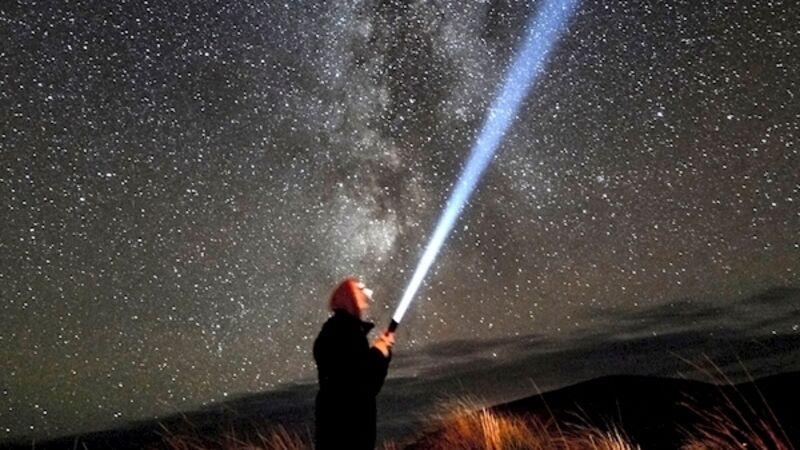Sony A7 III is latest in a line of top cameras

On my holidays this year, I noticed a lot of tourists were taking photos with big digital cameras.
Smartphone photography has seen dramatic improvements in usability and image quality in the last decade and as a result, compact camera sales have fallen off a cliff, but there seems to be a resurgence in people’s interest in more pro-level digital cameras.














